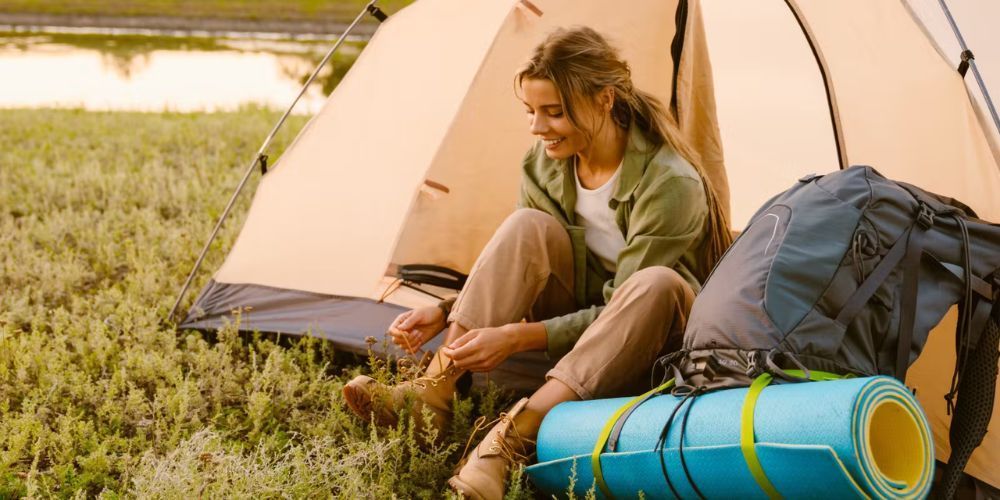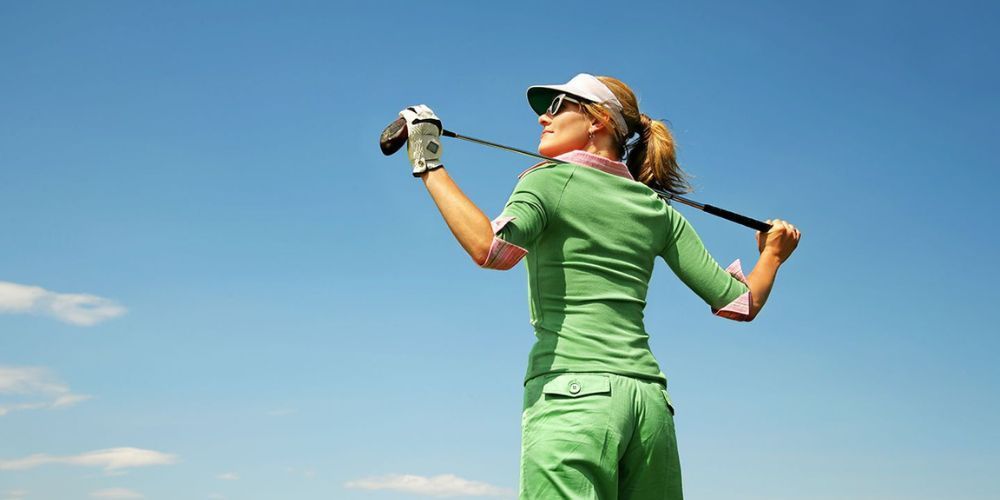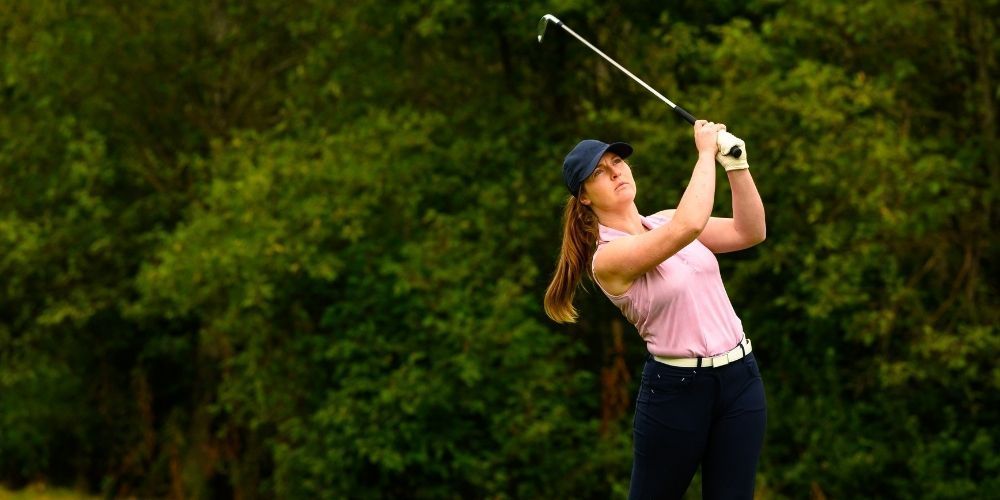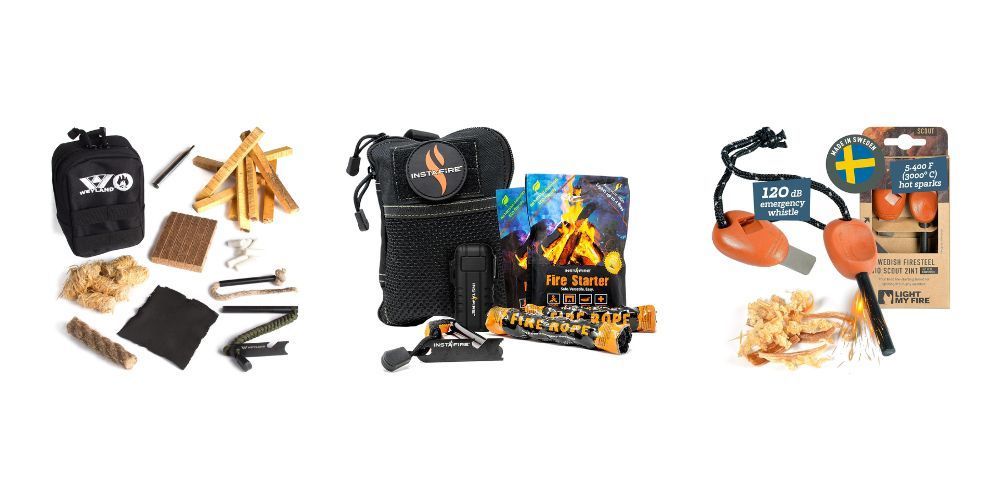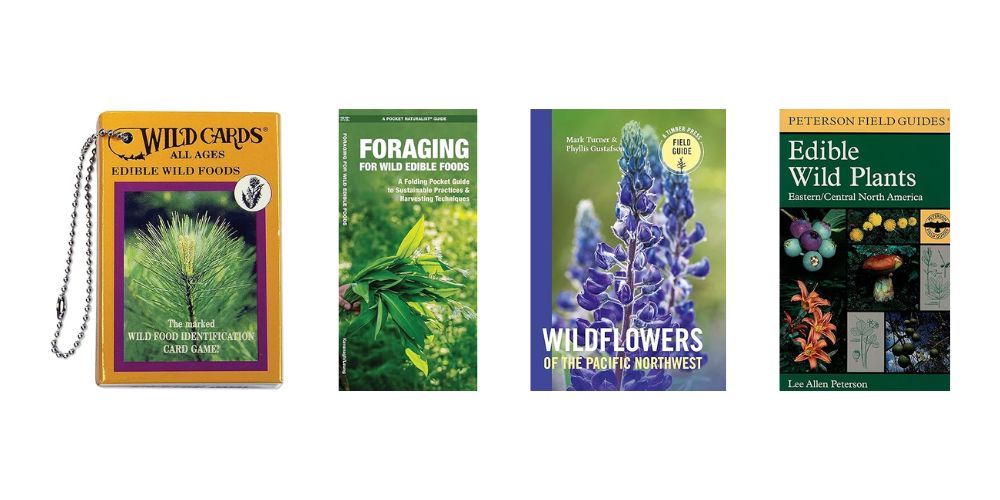Best Tennis Gear for Beginners: A Complete Guide to Equipment, Rackets, Shoes, and Accessories
July 15, 2024
Choosing your first tennis gear can feel like navigating through an endless sea of options, each promising to be the best choice for beginners. This sense of overwhelm is common among new players who are eager to pick up their racket but unsure where to start.
In this guide, we will walk you through everything you need for a successful start—from selecting user-friendly rackets to picking out comfortable shoes and essential accessories. Having spent hours examining top products and listening to feedback from fellow starters, we've gathered the most reliable recommendations just for you. Let's begin by looking at what makes an ideal racket for a beginner; this pivotal choice will set the stage for your enjoyable tennis journey ahead.
The best tennis gear for beginners includes a quality racquet, a set of tennis balls, a durable racquet bag, proper tennis shoes, and essential accessories such as a water bottle and towel designed for court use. These items will provide beginners with the necessary foundation to start their tennis journey effectively.
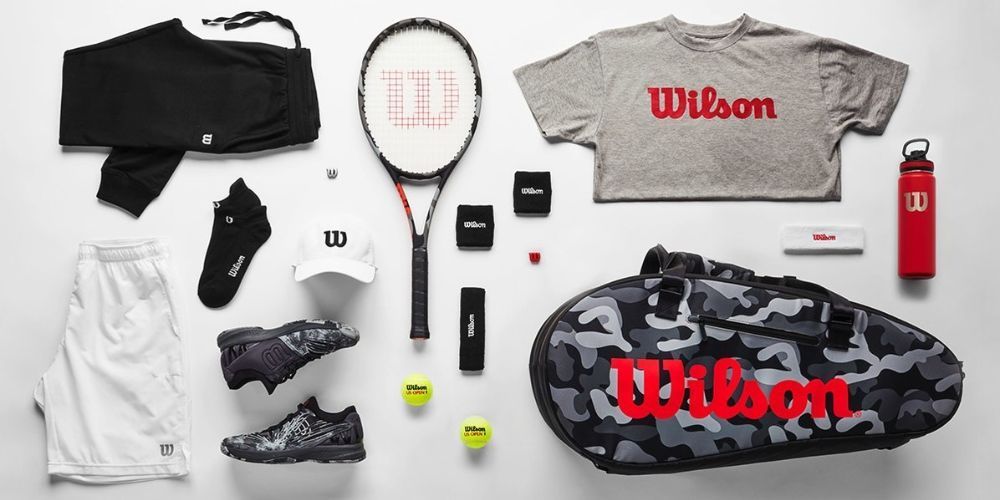
Best Tennis Rackets for Beginners
When it comes to selecting a racket, it's not a decision to be taken lightly. Your racket is your companion on the court, an extension of your arm in every swing and serve. As a beginner, the right racket can make all the difference when it comes to comfort, control, and power. So, what should you look for when choosing your first tennis racket?
Head Size and Weight: These two factors play a significant role in how a racket performs on the court. For beginners, it's often recommended to opt for a racket with a larger head size—typically over 105 square inches. A larger head size translates to a bigger sweet spot, which provides more forgiveness when making off-center hits. This is particularly beneficial as you're honing your skills and gaining consistency in your shots.
Additionally, consider the weight of the racket. Lighter rackets, typically weighing between 9 and 11 ounces, are easier to maneuver and swing—perfect for beginners who are still developing their technique. The right weight can help prevent fatigue and potential injuries, ensuring a comfortable experience on the court.
When it comes to trusted brands offering excellent options for beginners, names like Wilson, Babolat, and Head stand out. Rackets such as the Wilson Hyper Hammer and the Babolat Pure Drive are popular choices known for their blend of power and control, ideal for those starting out in their tennis journey.
As you explore your options, it's essential to keep in mind that each player has unique preferences and playing styles. Trying out different rackets can give you valuable insight into what feels most natural and effective for your game.
So remember, when looking for a beginner's tennis racket, prioritize comfort, forgiveness, and ease of maneuverability—the keys to enhancing your learning experience and enjoying the game to its fullest.
As important as the right racket is for your game, another crucial piece of gear that impacts your performance on the court is selecting the perfect pair of tennis shoes.
Selecting Tennis Shoes for Beginners
When starting out, choosing the right tennis shoes is crucial. Whether you're stepping onto a hard court or gliding across clay, having the right pair of tennis shoes can make all the difference. Think of them as your trusty sidekicks on the court, providing support, stability, and traction.
Consider the type of court surface you'll be playing on. Different court surfaces demand different types of shoe features. For hard courts, look for shoes with a durable outsole and good cushioning to provide comfort and support during quick stops and starts. Models like the ASICS Gel-Resolution or Nike Air Zoom Vapor are excellent choices for hard courts. On clay courts, focus on finding shoes with a herringbone pattern on the outsole to provide superb traction as you navigate the surface. The Adidas Adizero Club is a popular option known for its herringbone pattern designed specifically for clay courts.
Furthermore, it's essential to ensure that the shoes offer good lateral support. This feature is crucial in protecting against potential ankle injuries, especially for beginners who may still be refining their footwork and movement patterns on the court.
Consider players who frequently make aggressive lateral movements during play - any discomfort due to inadequate lateral support can lead to performance limitations and possibly even injury. Therefore, ensuring that your tennis shoes offer sufficient lateral stability is paramount in safeguarding your physical well-being and optimizing your performance on the court.
By aligning your choice of tennis shoes with the specific court surface you'll be playing on and prioritizing features like traction and lateral support, you'll be setting yourself up for success as a beginner tennis player. Each detail may seem small but when they all come together in a well-designed tennis shoe, they can greatly enhance your overall experience on the court.
As critical as shoes are, they're just one part of the equipment puzzle. In the next section, we'll dive into the essential apparel you need to perform at your best on the court.

Essential Tennis Apparel
When it comes to tennis, comfort and functionality are crucial when choosing your attire. The right clothing can significantly affect your performance, comfort, and overall enjoyment of the game. So, let's dive into the elements that make up ideal tennis apparel and how they can enhance your playing experience.
Comfort and Performance: Moisture-Wicking Fabrics
Tennis is physically demanding, and staying cool and dry during play is crucial for maintaining your energy and focus. That's where moisture-wicking fabrics come in. Brands like Nike, Under Armour, and Adidas have revolutionized tennis clothing with advanced technologies like Dri-FIT and Climachill. These fabrics pull moisture away from the body, allowing it to evaporate quickly, keeping you comfortable throughout your match.
These innovative technologies ensure that sweat doesn't linger on your skin, preventing discomfort and chafing that can distract you from performing at your best. Whether it's a sweltering summer day or a high-intensity match, moisture-wicking fabrics work tirelessly to keep you feeling fresh and dry.
Breathable Clothing for Flexibility
In the heat of a tense rally, you need clothing that doesn't hinder your movement. Opt for breathable shirts, shorts, or skirts with built-in tights to help you maneuver swiftly across the court without restrictions. This could mean choosing a lightweight Nike Court Dry-fit Polo that offers excellent breathability or considering an Adidas Club Skirt that provides both style and mobility.
Remember, when you're darting back and forth across the court on those scorching days, having clothing that allows a full range of motion is essential to your agility and comfort. Mesh panels in strategic areas can aid in ventilation during intense play.
Just imagine playing a heated match – if your clothing feels restrictive or suffocating, it could not only limit your movements but also affect your ability to focus on the game at hand.
The right tennis apparel isn't just about looking good; it directly impacts how comfortable and confident you feel on the court, which plays a big role in your overall performance as a player. Now let's explore other essential gear that every beginner should consider incorporating into their tennis arsenal.

Key Protective Gear for Safety
When it comes to playing tennis, staying safe and avoiding injuries is just as important as looking the part. Preventing injuries with the right equipment can ensure that you play comfortably and confidently.
Starting from the top, headbands or visors are a great way to keep the sun out of your eyes and protect your face from harmful UV rays. These items are not just for looks – they help to prevent sunburn and reduce glare, allowing you to focus on your game without being distracted.
And let's not forget wristbands; while they may seem like a trendy accessory, they serve an important function by managing sweat during intense matches, keeping your hands dry and preventing slippery grips.
Moving down to the joints, protecting your knees and elbows is crucial for avoiding strains and injuries. Compression sleeves provide support and stability, helping to shield these vulnerable areas from excessive stress during sudden stops and quick movements on the court.
It's important to note that a good tennis elbow brace can also make a significant difference in preventing strain injuries, especially for players who engage in frequent, repetitive motions during their game. Investing in quality protective gear can go a long way in reducing the risk of injury and ensuring long-term comfort and agility on the court.
For instance, products like the McDavid Knee Support or Nike Pro Elite Wristbands are designed specifically to provide the necessary support and protection for tennis players. Ensuring that you have the right protective gear will give you peace of mind and enable you to focus on improving your game without worrying about potential injuries.
Embracing safety on the tennis court not only fosters confidence but also sets the stage for an exploration into another essential component of the game—selecting the ideal tennis ball for your matches.
Tennis Balls: Types and Choices
When it comes to tennis balls, there is a wide array of options available, each designed for specific purposes. Choosing the right tennis balls can significantly impact your learning and enjoyment of the sport as a beginner. Let's take a closer look at the various types of tennis balls available and how they cater to different skill levels and court conditions.
Regular-duty vs. Extra-duty: The surface on which you play should determine which type of tennis ball you select. Regular-duty balls are ideal for indoor and clay courts, whereas extra-duty balls are designed for hard court surfaces.
Pressureless and Low-compression Balls: As a beginner, pressureless balls provide reliable performance as they maintain consistent bounce over time. Brands like Penn and Wilson offer great options in this category. For children or absolute beginners, low-compression balls such as those from the Gamma Quick Kids line move slower and are easier to hit.
Types of Tennis Balls
Tennis isn't just about hitting a ball back and forth; it's about understanding how different balls behave on the court. There are different types of tennis balls suitable for various skill levels and court surfaces. Let's look at some common types of tennis balls:
- High-altitude: These are designed specifically for areas with high elevation where regular balls may not perform as expected.
- Foam Balls: These are the largest and lightest tennis balls used for teaching young children or beginners because they travel slower through the air.
- Red Balls: 75% slower than standard tennis balls, these are designed for very young children to learn basic strokes without feeling overwhelmed by the speed of a regular ball.
- Orange Balls: 50% slower than standard tennis balls, these are for slightly more advanced children who have already developed some stroke technique.
- Green Balls: 25% slower than standard tennis balls, these are used for players who need a transitional ball before moving on to regular balls.
Each type serves a specific purpose, catering to different skill sets and age groups. Understanding these distinctions will help you make an informed decision when choosing the right tennis balls for your needs.
Now that we've examined the different types of tennis balls and their suitability for various skill levels, let's now explore the factors that should influence your choice when selecting the best tennis ball for your game.
Setting Your Tennis Gear Budget
When it comes to buying tennis gear, setting a budget can help you make smart choices. Think of it as an investment in your new hobby—spending money on the right equipment now will save you time and frustration later.
Quality over quantity is the golden rule here. It's easy to get carried away with all the cool tennis gear out there, but it's important to know where it makes sense to spend more and where you can be more practical. For example, your racket and shoes are essential; they are what connects you to the game. Investing in a high-quality racket that suits your style and ability can make a huge difference in your performance and enjoyment on the court.
On the other hand, things like fashionable clothing or novelty accessories might not directly impact your game as much, so it's okay to be more conservative with those purchases.
Let's say you're just starting out and looking for a comprehensive beginner setup. You should expect to spend around $200-$400 for everything you need. This includes a good quality racket, comfortable shoes, balls, and maybe a bag to carry everything. But here's the thing: don't just go for the cheapest option because you'll end up replacing them sooner rather than later. Look for equipment that offers a combination of value and durability.
It's all about finding that balance between quality and cost-effectiveness. Consider looking out for sales or beginner sets that might offer rackets, balls, and other essential gear at a discounted price.
If budget constraints are a concern, consider second-hand options, especially when it comes to rackets. You can often find high-quality rackets that have been gently used at a fraction of their original price.
Think of it like this: buying tennis gear is akin to building a house; you wouldn't skimp on the foundation (your racket and shoes) but maybe spend less on decorative items (outfit and accessories).
Remember, the goal is to find the right balance in your budget—spend wisely on essential items while being mindful of getting the most value for your money.
Selecting the right tennis gear is pivotal for enhancing your game. By carefully considering both quality and budget, you can ensure that every purchase contributes positively to your overall experience on the court.
What should I look for in a beginner’s tennis racket?
When choosing a beginner’s tennis racket, look for one with a larger head size (100-110 square inches) for a bigger sweet spot, which makes it easier to hit the ball. A lighter racket (9-11 ounces) is easier to maneuver and control. An appropriate grip size is also crucial—hold the racket and check if there is enough space for your index finger between the tips of your fingers and your palm. Additionally, consider a racket with an even or head-light balance to help with control and reduce the risk of arm fatigue.
What type of tennis shoes are best for beginners?
Tennis shoes for beginners should provide good support, stability, and durability. Look for shoes specifically designed for tennis, as they offer the necessary lateral support and cushioning. The sole pattern should match the court surface you will be playing on—herringbone patterns are versatile for various surfaces, while specialized soles are available for clay or grass courts. Ensure the shoes fit well, offering enough room in the toe box and secure support around the heel to prevent slipping and injuries.
What essential accessories do beginners need for tennis?
Essential accessories for beginner tennis players include a quality tennis bag to carry your gear, overgrips for better racket handle control, and vibration dampeners to reduce racket vibrations and improve comfort. Also, bring along a water bottle to stay hydrated, a towel for sweat management, and sunscreen for outdoor play. A hat or visor can help protect you from the sun, while wristbands can keep sweat from interfering with your grip. Finally, consider investing in a few tennis balls specifically designed for beginners, as they are often slightly softer and easier to control.


